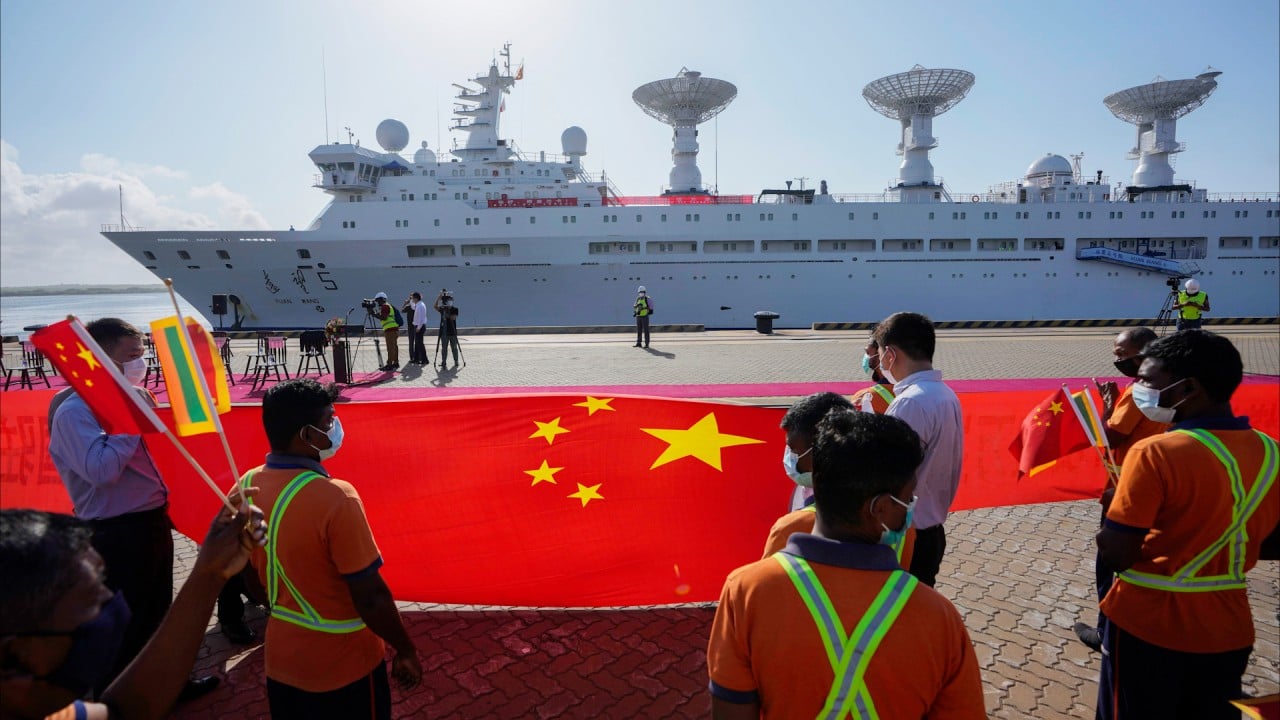
China’s overseas investments to go green in 2024, ‘clear need’ for Belt and Road Initiative to focus on renewable energy
- Green Finance and Development Centre at Fudan University identifies a ‘clear need’ for renewable energy investment to stoke growth and support a ‘green transition’ in China
- China’s US$7.9 billion energy-related investment projects and construction contracts via the Belt and Road Initiative last year were ‘the greenest in absolute and relative terms’
China would concentrate its investments abroad this year in mining and energy as part of Beijing’s signature Belt and Road Initiative, according to a report from a university think tank, in a boon to its domestic economy as well as its overseas partners.
The projects fit the next phase of the initiative, which seeks to smooth cross-border trade by building infrastructure projects across Asia, Africa and Europe, the Green Finance and Development Centre at Fudan University said on Monday.
“The reasons seem to be economic – good opportunities for China in these technologies – political support for green transition from China and many belt and road countries, and high demand for engagement in these sectors driven by growth in electricity needs and growth in need for transition minerals,” author Christoph Nedopil Wang said.
China investors eye Africa’s Mauritius as it goes green, tries to sweeten deals
China is likely to pursue mining and energy development through investment projects and construction contracts, Wang added.
He expects China to form “country partnerships” with nations that are “aligned politically” with Beijing, such as through previous belt and road projects.
Mining and oil deals would be “resource-backed”, according to the report, which was co-researched by the Griffith Asia Institute in Australia.
The study added that batteries, pipelines, roads, railways and data centres are also likely on China’s agenda for the Belt and Road Initiative.
China has said that it would prioritise “small and beautiful” projects with low investments and “sound economic, social and environmental benefits”.
Belt and road projects have previously raised questions about environmental damage and debt owed to China by developing countries.
Several Middle Eastern and Central Asian nations, though, have already approached China to help transition to renewables.
‘Growth nothing to write home about’: 7 takeaways from China’s economic data
It requires oil to power its factories, while lithium is used to produce electric vehicle batteries, which are a key growth sector.
China’s US$7.9 billion energy related so-called engagements - including investment projects and construction contracts - on belt and road projects last year were already “the greenest in absolute and relative terms”, the Green Finance and Development Centre said.
Total engagements in belt and road projects stood at US$1.053 trillion as of the end of 2023, the centre said.
We also see an opportunity to invest in early phase-out of existing older coal projects
The report identified a “clear need” for renewable energy investment to stoke growth and support a “green transition” in China, as well as in countries involved in the initiative.
The study forecast “great opportunities” for deals in green energy, mining, minerals processing and electric vehicle and battery manufacturing.
“Investors in BRI projects within China and outside China should focus on smaller projects that are easier to finance and faster to implement, particularly in infrastructure and energy investments, scalable solar and wind investments seem viable, as long as local conditions provide the relevant grids to handle renewable energy supply,” the report said.
“With decreasing energy cost for renewable energy, we also see an opportunity to invest in early phase-out of existing older coal projects, which would be both economically and environmentally relevant.”
China finds new oilfield that could be ‘abundant oil-and-gas resource base’
Mining technology engagements via the Belt and Road Initiative grew by 1,046 per cent last year, the report added, while metals and mining rose by 158 per cent.
It said mining overtook transport in 2023 to make up 21 per cent of Chinese overseas engagements.
“Chinese companies strongly invest in metals and mining, which are particularly relevant to the green transition and batteries for electric vehicles,” the report said.


